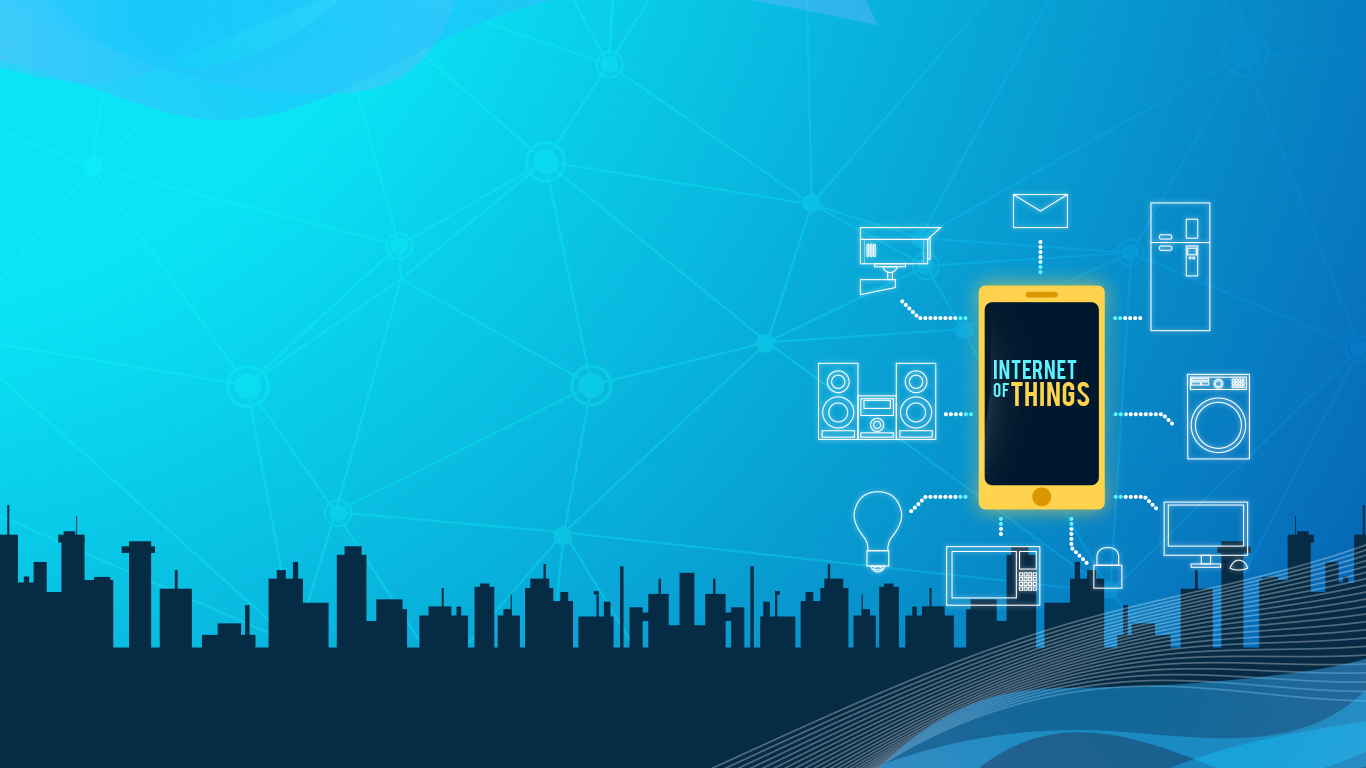
From homes and industries to enterprises, the Internet of Things(IOT) have become commonplace in all walks of life. Connecting everything and everyone, IoT is making the world smarter and better than ever before. Industries are increasingly tapping IoT Solutions and Services to boost operational efficiency and transform their business models.The IoT is a primary driver of digital transformation enabling businesses to reinvent products, services, internal operations, and business models.
IoT is drastically changing the world – connecting people, utilities, cities and buildings. This ground breaking technology will have a massive impact in innovation opportunities for businesses.
IoT technology can be utilized in a variety of ways. Each industry can use it for their own purposes such as the medical field using a network of connected devices that collect, record and analyze patient data which can help with patient tracking, diagnosis and more.
Our IoT services comprise consulting, IOT application development,IOT cloud deployment, edge analytics, and application management aimed at helping organizations solve their business challenges and tap in new revenue streams via IoT technology.
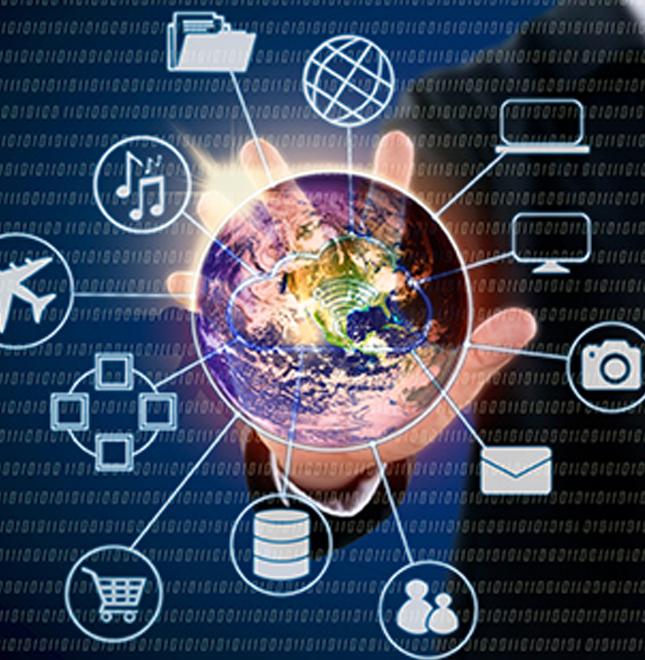
Internet of Things (IoT) is one of the most impactful disruptive forces to the way businesses are shaping their future. It represents the innovation that is giving rise to a new digital economy – an economy of interconnected things that are sensing, tracking, measuring and driving business opportunities and decisions.
we help you strategize the way your business should acquire and leverage the advantage of the IoT capability in a longer run, not just for tomorrow.
We help clients effectively capitalize on IoT technology and solutions, linking technology, vendors and customers through a holistic business model.
Helping companies create or refine an IoT strategy and determine the highest value ways to incorporate IoT into existing business processes, new businesses, and performance improvement efforts.
Our IoT experts can partner with you, review your pain points and business processes, and see how IoT can help you achieve your business goals, cost savings and growth. We have several focus areas for IoT Consulting including Smart Manufacturing, Smart Buildings, Energy Management and Smart Cities.
Helping vendors scale their IoT product and service offerings as we work with customers to address the organizational changes needed to build IoT into their digital strategies.
The IoT offers businesses opportunities for incredible savings and growth. However, an IoT solution may also require a significant up-front investment. A proof of concept (PoC) is a critical step in any IoT implementation, as it allows companies to validate the effectiveness of their design and selected vendors before rolling out a solution across their entire business.
A well-planned proof of concept (PoC) is key to demonstrating the value of your IoT solution before implementing a full-stage rollout. Designing an IoT proof of concept may seem like a daunting task, but with the right vision and approach any company can develop a successful IoT initiative.It allows organizational leaders to take real action on their business visions, by testing and refining the most important characteristics of a solution. It is where a company may begin to see firsthand the value and transformative power that the Internet of Things can bring to their business.

Our unique approach of developing Proof of Concepts (PoC), will help you get the maximum out of your IoT application development at minimum costs and resources. We assist the companies to develop next-gen operations that incorporate IoT proofs of concept, digital roadmaps, and the associated analytics that turn data into action.
At Nimaisoft, we want you to feel empowered to make the best decisions in your proof of concept planning.

Industry 4.0 is a nomenclature used for the fourth Industrial Revolution through smart Industry solutions. Industry 4.0 is a highly flexible production system which combines Internet of things(IoT), automation, data exchange, cyber-physical systems,digital twins, cloud and cognitive computing.It connects everything from supply chain to engineering, ERP, MES and workflow systems to physical systems to create autonomous, agile and efficient manufacturing processes and operations.
Industrial IoT(IIoT) along with machine-to-machine(M2M) learning revolutionizes the manufacturing process through smart technology. The IIoT connects your people, products, and processes to power digital transformation. IIoT solutions help enterprises leverage digital manufacturing to achieve substantial efficiency improvements in operations, supply chains and services. IIoT facilitates the connection and communication between machines, devices, sensors, and controllers and hence creates a continuous Data exchange between them.
The integration of smart technology into the manufacturing sector will allow for machines and processes to be wirelessly interconnected, providing for greater communication and information gathering, more accurate data, and better decision making than ever before.
Manufacturers and asset managers are turning to Industry 4.0, for a predictive maintenance of their assets. This involves continually generating and transmitting product behaviour data, capturing the data in a central repository and applying advanced Data analytics techniques to identify ‘just-in-time maintenance’ - actionable insights that predict product failure to increase product uptime and improve asset efficiency.
Nimaisoft partnered with Embedded Electronics companies to offer a wide range of consulting and implementation of Industry 4.0 solutions through expert IIoT services for Manufacturing companies.
When it comes to connecting the Internet of Things, there are a seemingly overwhelming number of options. Cellular, satellite, WiFi, Bluetooth, RFID, NFC, LPWAN, and Ethernet are just some of the possible ways to connect a sensor/device.
The perfect connectivity option would consume extremely little power, have huge range, and would be able to transmit large amounts of data (high bandwidth). Unfortunately, this perfect connectivity doesn’t exist.
Each connectivity option represents a tradeoff between power consumption, range, and bandwidth. This allows us to segment the various connectivity options into three major groups, which you’ll find below.
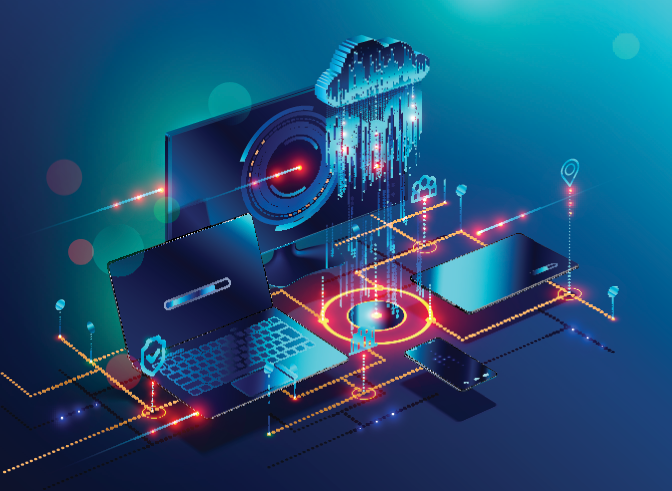
1) High Power Consumption, High Range, High Bandwidth
2) Low Power Consumption, Low Range, High Bandwidth
3) Low Power Consumption, High Range, Low Bandwidth
We help you to choose the best IoT connectivity options for your business requirements.
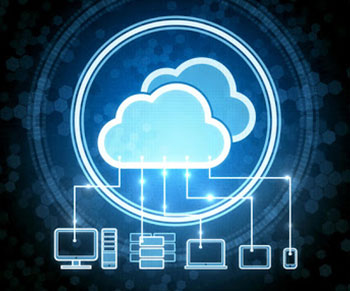
An IoT platform is a suite of cloud-based and/or on-premise software components that orchestrate the movement of data between IoT devices and IoT applications, and also provide application level capabilities for humans to interact with the IoT system. IoT platforms are sometimes referred to as middleware which functions as a software bridge between the hardware and application layers.
However, IoT platforms do not reside in the middle of an IoT architecture. They integrate with all other IoT layers to streamline infrastructure management and support security at multiple points across the IoT stack. IoT platforms offer connectivity, integrality, interoperability, and dynamic composability to facilitate communication, data flow, device management, system customization and service personalization. Essentially, a platform provides user-controlled software tools developed with the purpose of unlocking the full potential of an IoT infrastructure.
The main purpose of IoT platforms is to reduce the complexities in deployment and implementation of IoT systems, and also to deliver actionable intelligence for IoT developers, service providers, and implementers through dashboards, application software, APIs, data engines, and algorithms. To summarize, an IoT platform abstracts the hardware while simplifying deployment, improving resiliency, maximizing scalability, increasing reliability, reducing cost, and minimizing latency.
With the proliferation of all types of remote interactions between devices and humans, IoT solutions are also spearheading a new paradigm for customer-oriented digital experience.
IoT cloud platforms bring together capabilities of IoT devices and cloud computing delivered as a end-to-end service.IoT devices are devices with multiple sensors connected to the cloud, typically via gateways.
Each IoT environment is a mashup of technologies by various vendors that form a complex and inherently diverse ecosystem which, without a common base for their integration, would stay fragmented, ‘dumb’, and, ultimately, unable to function. An IoT platform provides a ‘meeting point’ for all the connected devices and serves to collect and handle the data they deliver over the network.Cloud computing and the IoT both serve to increase efficiency in everyday tasks and both have a complementary relationship. The IoT generates massive amounts of data, and cloud computing provides a pathway for this data to travel.
Cloud-based solutions are not only more cost-effective in the long run; they also provide scalability, better security, corporate data mobility, increased co-worker collaboration, to name only a few benefits.
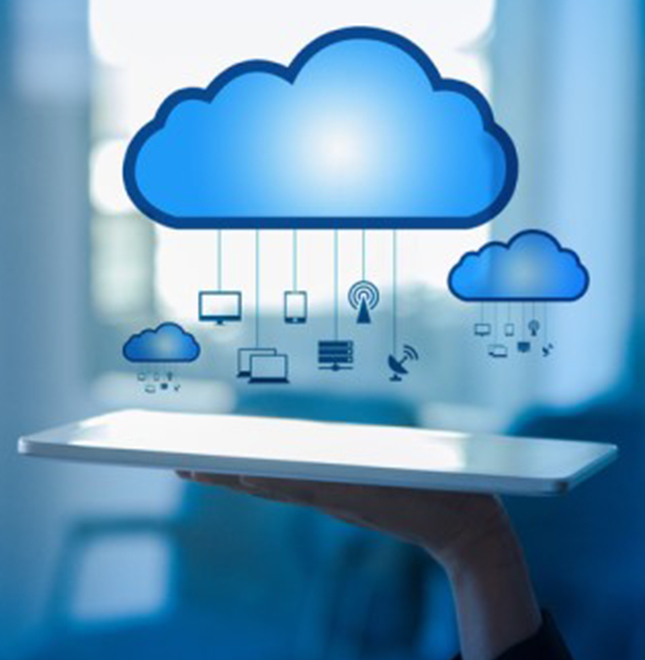
Fog computing and edge computing are almost the same thing with the same functionality and goals, focused on transferring the data processing and analyzing closer to the original source of their occurrence, within a local network. Both technologies are designed specifically to partly replace the utilizing of cloud computing, in order to exclude some internet-connection based issues, thus information analyzing and processing procedures may run faster and more effectively.
Edge computing data processing runs directly on the equipment, to which IoT devices, such as sensors or cameras, are attached and bound, without any data transferring.
With the fog computing, on the other hand, data processing procedure occurs within a fog node or IoT gateway, located within the LAN, so it can be placed distantly.
The true goal for users here is to find a balance between cloud computing and fog/edge computing data keeping and transferring when needed, in order to combine all of their advantages and features.
Our experts help you integrate your strategies with existing landscapes to find better results that sync one with your business goals.
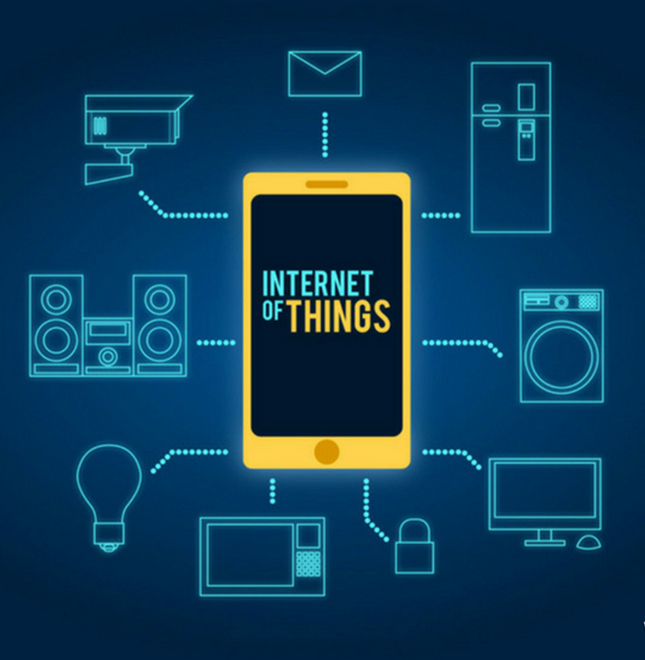
The shift to an IoT world means that devices, buildings, drones, cars, and people are always connected. With a focus on operational efficiency, automation, and new business models, the IoT responds to the needs of increasingly mobile individuals and enterprises.
How Mobile Apps Are Integrated with the Internet of Things (IoT)
IoT is a network of internet-enabled devices all having an IP address and communicating with each other through a mobile app on a smartphone interface. The best example of the integration of mobile apps with IoT is in home automation systems in what we call “Smart Homes”. Here all major systems in a house like security, lighting, heating, air conditioning and even cooking devices are intelligent which means they are programmed to receive instructions from the users in the house and behave accordingly.
Actually all appliances involved in these systems are interconnected through cloud-based technology to the main hub which can be controlled through an app on the users’ smartphones, tablets or wearable like Smartwatches. Mobile connectivity and in-built sensors in devices strengthen the IoT ecosystem creating a new world of opportunities.
In an IoT-enabled environment, our mobile devices will act as the main interface through which we can interact with our IoT-enabled devices. One of the reasons why IoT is fast becoming a mainstream technology is that our mobile devices come fully-loaded with features like geo-location based technology and multiple connectivity options like WiFi, Bluetooth and NFC. These qualities in our mobile devices qualify them to be at the core of the IoT ecosystem.
We help you to build smart IoT Mobile app solutions for your business requirements.
IoT generates a wealth of data that could help companies learn more about their effects, abilities and assets.Edge analytics is a model of data analysis where incoming data streams are analyzed at a non-central point in the system such as a switch, a peripheral node, or a connected device or sensor.
With the rapid growth in connected devices, organizations across industries such as energy,
manufacturing, retail, and transportation, are generating huge volumes of data at the edge of the
network. Edge analytics enables data analytics in real-time and on site where data collection is
occurring. It could be descriptive or diagnostic or predictive analytics
Edge Analytics software allows data produced by sensor-rich assets like machines, equipment, and devices to be pre-processed in real-time closer to where it is created.
Typical, centralized data analytics systems can analyze and determine the issues causing
downtime. However, they cannot do it and respond in real-time. Many IoT devices produce
massive amounts of data continuously. Sending this massive data to a centralized data analytics
infrastructure (typically in the cloud) and getting processed in the cloud leads to a latency in
responding to the issue.
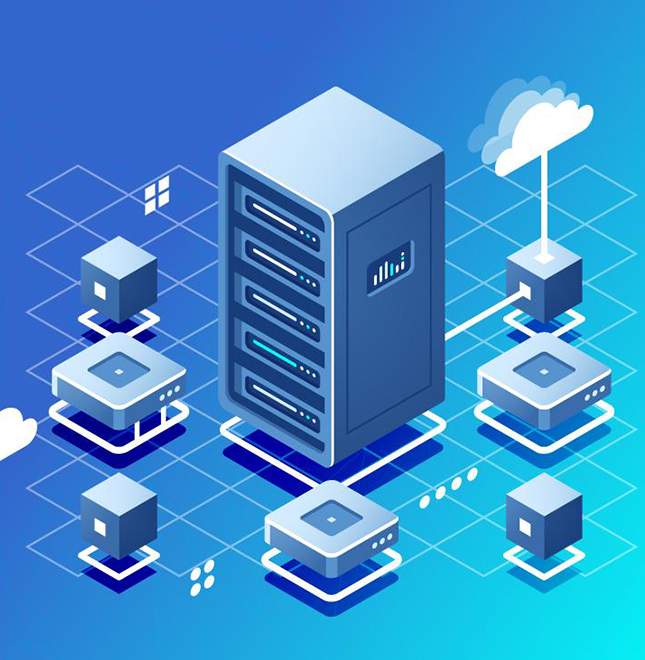
In certain situations and IoT device types, we cannot rely on the network connectivity. Intermittent
connectivity or device going offline can be hazardous.The bandwidth required to transmit all the data collected by thousands of sensors also grows exponentially with the increase in the number of devices. Though secondary in comparison to the critical issues described above, massive data transfers to the cloud and huge cloud computing cycles could result in high expenditure.
We can combine IoT Edge Analytics and IoT Machine Learning modules for solving issues in controlling the connected devices in real-time. This way, you can focus on business insights rather than
massive data management generated by sensors.
Sensors, smart technology, and other connected devices would not be effective if their entire data analysis process involved sending back information to a central location and waiting for it to be processed and returned.
Instead, edge analytics optimizes the process by handling the bulk of analysis on-site, usually in a nearby connected network switch or device, and only transmitting the most important data back to a central server.